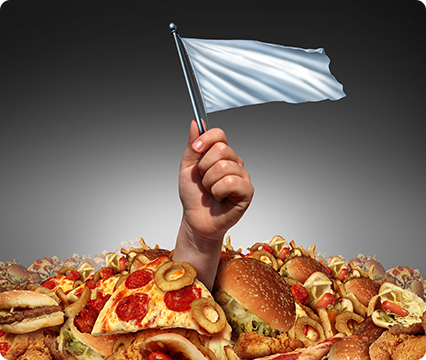Separate gut-brain circuits for fat and sugar reinforcement combine to promote overeating.
The primary natural reinforcer that influences eating decisions is food. The brain receives internal sensory information about nutritional value from the gut through the vagus nerve; nevertheless, little is known about the cellular and molecular underpinnings of reward circuits unique to particular macronutrients. In this study by McDougle et al. (2024), the authors track calcium dynamics in vivo to directly demonstrate separate vagal sensory mechanisms for dietary fat and sugar detection. The authors found distinct gut-brain circuits for fat and sugar sensing, which are essential and sufficient for nutrient-specific reinforcement, using activity-dependent genetic capture of vagal neurons activated in response to gastrointestinal infusions of nutrients. Combined stimulation of the fat and sugar circuits promotes nigrostriatal dopamine release and overeating relative to either fat or sugar circuit activated alone, even in caloric control. This work implies that an inherent subconscious motivation to eat obesogenic diets (i.e., diets heavy in fat and sugar) may hamper conscious dietary control efforts, offering fresh insights into the intricate sensory circuitry governing motivated behavior. [NPID: Gut-brain, nutrients, reward, fat, sugar, striatal dopamine, chemosensation, satiety, food choice, hepatic portal vein]
Year: 2024
 Navigation
Navigation






